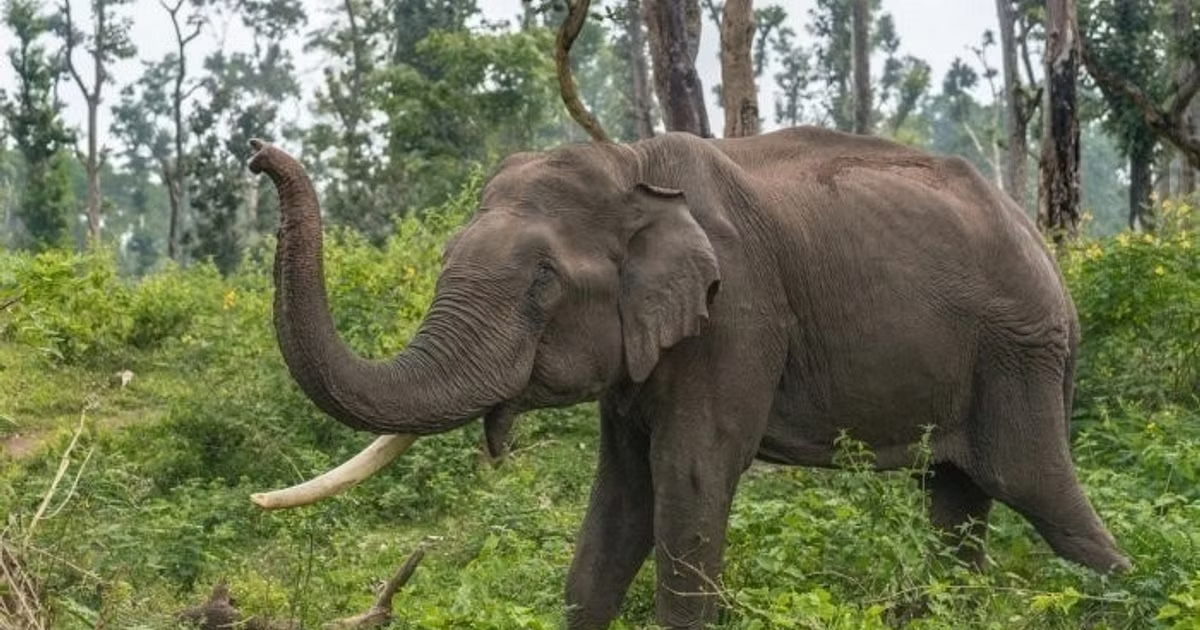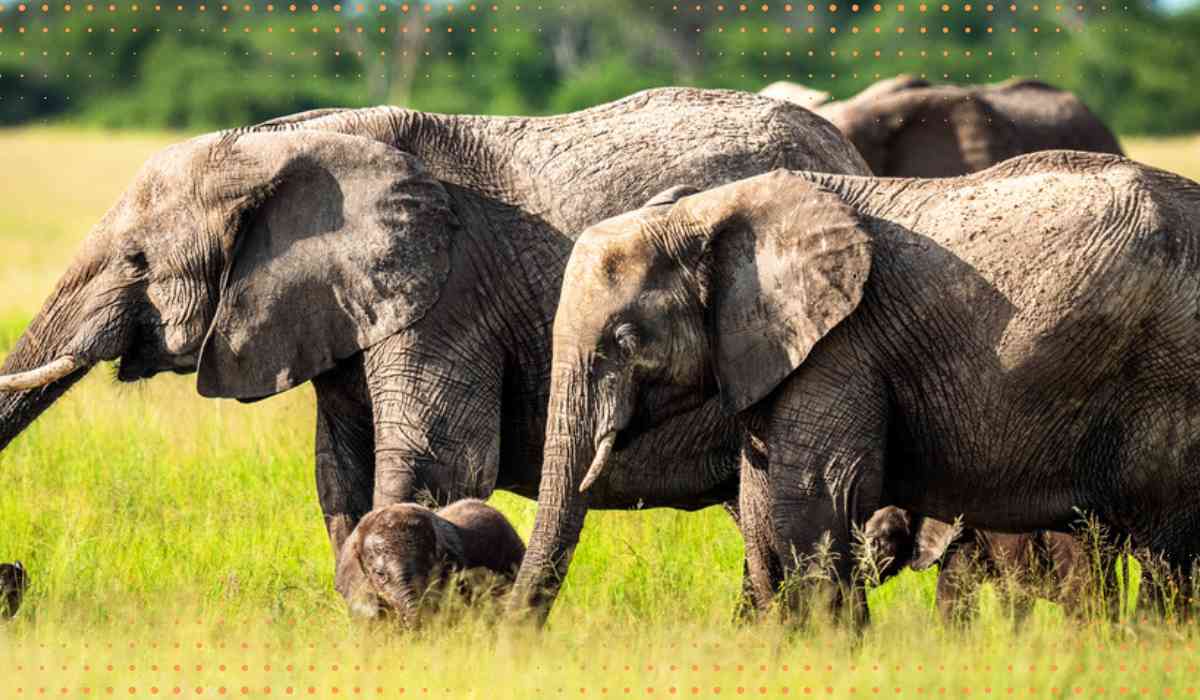A team of researchers from Bengaluru’s National Centre for Biological Sciences (NCBS) and the Indian Institute of Science (IISc) has uncovered evidence that Indian elephants migrated from the northern regions to the southern parts of the country over thousands of years, progressively losing genetic diversity with each migration.

Findings Published in Current Biology
The research, published in Current Biology, analyzed whole genome sequences from both captive and wild elephants across India. The study identified five genetically distinct elephant populations: one along the Himalayan foothills, another in central India, and three distinct populations in southern India.
According to the 2017 national census, India is home to over 29,000 elephants. The southern populations account for around 14,500 elephants, while the central population has over 3,000. The northern population includes 12,000 elephants, with 2,000 in the northwest and 10,000 in the northeast.
The study, titled “Divergence and Serial Colonization Shape Genetic Variation and Define Conservation Units in Asian Elephants,” found that northern elephants diverged from other populations over 70,000 years ago. Central Indian elephants split from the rest about 50,000 years ago, and the three southern populations diverged approximately 20,000 years ago.
Southern Elephants and Genetic Diversity
The southernmost population, found south of the Shencottah Gap that connects Tamil Nadu and Kerala, has the lowest genetic diversity. Lead author Dr. Anubhab Khan from IISc explained that this loss of genetic variation is due to the "serial founder effect," where smaller groups migrate and form new populations. This increases the risk of inbreeding, leading to potential genetic vulnerabilities.
The study highlighted that the small population of fewer than 150 elephants in the region south of the Shencottah Gap is particularly vulnerable to extinction risks. Professor Uma Ramakrishnan from NCBS emphasized the need for urgent conservation efforts for these isolated elephants.
The research also revealed new insights into elephant movement, showing that the Shencottah Gap, along with the previously known Palghat Gap, serves as a natural barrier, dividing southern elephants into three distinct populations.
In addition to the southern populations, the study confirmed two previously identified elephant groups: the central Indian population and a northern population that spans from Uttarakhand to Arunachal Pradesh along the Himalayan foothills.
Professor Ramakrishnan stressed the importance of maintaining habitat connectivity, especially in light of recent infrastructure developments that may further disrupt gene flow. She also announced plans to develop a genetic toolkit to monitor elephant populations more accurately, based on DNA from elephant faeces.
These findings underline the need for targeted conservation strategies to protect the genetic diversity of India’s elephant populations.
With inputs from agencies
Image Source: Multiple agencies
© Copyright 2024. All Rights Reserved Powered by Vygr Media.























